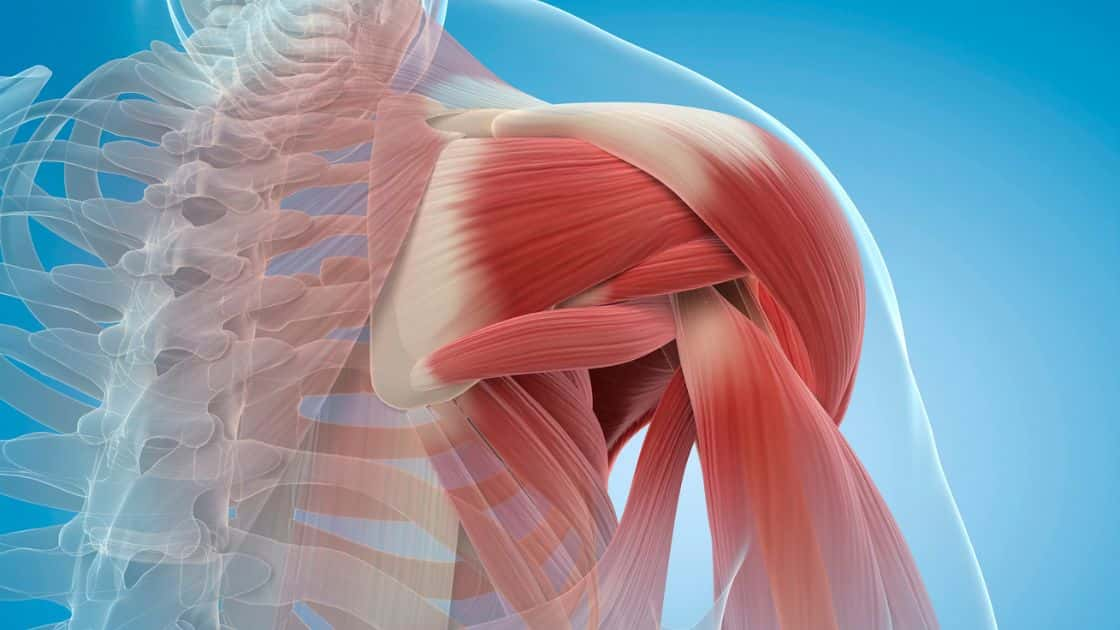A muscle knot is a tight, painful spot that's caused by overuse. Muscle knots are often caused by exercise and sitting at a desk, but they can also result from stress or poor posture. The type of trigger that causes them varies from person to person-some people get knots from running or weightlifting, while others may get them from driving. Muscle knots are as common as they are annoying: many people have experienced this painful phenomenon at some point in their lives.
What Causes Muscle Tension and Knots?
Muscle knots are more than just sore spots. They can cause headaches and neck aches, which will make you even more miserable. There are many reasons for muscle tension and knots. Some common causes of muscle tension include:
- Overuse
- Poor posture
- Stress and anxiety
- Poor nutrition and hydration
- Lack of sleep
Muscle tension can also be caused by a lack of exercise, especially if you are working out a lot but not stretching properly.
How to Fix Muscle Knots in neck, traps, and shoulders
Stretch and relax. Muscle knots can occur as a result of overuse, or when you're tired and tense. Stretching before bedtime will help you relax, which can reduce the frequency of knots forming in the first place.
Massage the muscle. A good massage will help break up muscle knots and encourage blood flow to heal injured muscles faster-but only if it's done correctly! The best way to do massage therapy is by using your thumbs on either side of a knot while stretching out the surrounding tissue (just like you would when trying to get rid of a kink in your neck). This will help relieve the myofascial trigger points, the soft connective tissue surrounding the muscle. These trigger points are shaped like a golf ball or marble. When you experience pain at one such trigger point, you can alleviate these muscle knots by self-myofascial release methods like foam rolling.
Stretch the muscle afterwards too if possible (and always drink plenty of water afterwards so as not to dehydrate), but be sure not to stretch too far or too hard into any injuries especially near bone spurs since they may cause more damage than benefit at first try until they're fully healed up enough again where they won't hurt anymore once stretched properly (it should feel uncomfortable but not painful).
Massage therapists are trained professionals who know how much pressure is appropriate for each type of massage treatment so make sure that whoever does yours knows exactly what kind(s) works best for whatever kind(s) problem areas might require attention most urgently before proceeding without reservation.
The Bottom Line on Muscle Knots
In conclusion, there are many things you can do to help prevent the formation of muscle knots in your neck, traps, shoulders and upper back area. The most important thing is to pay attention to your posture and stretch regularly. Take a bath or shower and massage the area with a gentle soap. If you have time, take a hot tub or sauna before bed-the heat helps relax the muscles and increases blood flow so that nutrients are delivered to them, which can speed up recovery time. Apply ice cubes or an ice pack wrapped in a towel over the area for 10 minutes at a time, then alternate with heat for another 10 minutes on each side of your body (or until you're done).
If you're suffering from a muscle knot right now, try rolling it out with a foam roller or one of the other tools mentioned above. If that doesn't work or if you want an even deeper massage than what these tools offer, see if there's a massage therapist nearby who can help loosen up those tight muscles for you! Remember to follow the right breathing techniques while doing any exercise. Breathe in when you raise your arms or legs or expand your chest, and exhale when you lower your body. Pain relief from a knotted muscle can only be addressed by physical therapy. A qualified physical therapist can alleviate chronic pain, remove painful muscle knots, help in the recovery of a stiff muscle, relieve stress, and rectify poor posture. If you experience muscle tightness, it's the result of a painful knot. When you notice muscle knots shaped like a tennis ball, you can opt for chiropractic care.
But a better option is to consult a qualified and experienced physiotherapist, who can treat muscle pain. These experts are trained in treating muscle fibre, muscle soreness, myofascial trigger point, muscle tissue and sports medicine—and they're familiar with the causes of soreness that occurs during exercise or when physically active.

